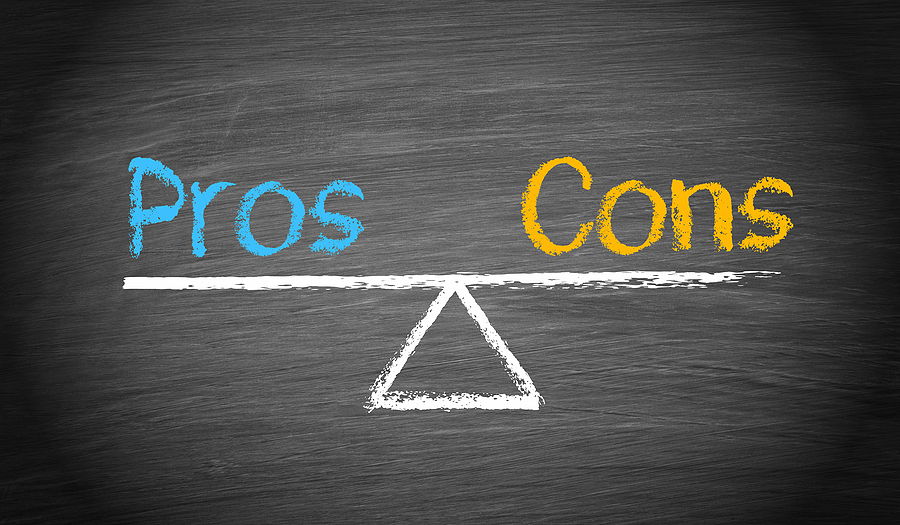401(k): 3 Things You Need to Know
401(k): 3 Things You Need to Know
If you plan to retire someday, a 401(k) could help you save retirement money to help you enjoy your retirement years financially secure.
In honor of National 401(k) Day on September 10th, here are some facts about the 401(k):
How the 401(k) Started
In 1980, a benefits consultant named Ted Benna was looking for a tax-friendly retirement program for one of his clients. He referred to Section 401k and decided it was a good idea for employees to contribute pre-tax money into a retirement plan while earning an employer match. Even though Benna’s client didn’t follow through with his vision, Benna incorporated the idea into his own company, The Johnson Companies. In 1981, the IRS started allowing employees to fund their 401(k)s through payroll deductions, and the rest is history.
How a 401(k) Works
If your employer offers a 401(k) plan, you may choose to enroll as long as you meet the eligibility requirements. Before you contribute to a 401(k), you’ll need to determine whether you want a Traditional 401(k) or Roth 401(k) if it is offered by your employer and decide how much you want to save. Here’s how each type of 401(k) works:
Traditional 401(k)
Contributions are made with pre-tax dollars with a Traditional 401(k). Your contributions will help reduce your income tax by offsetting income. With pre-tax contributions, you won’t pay taxes on the money you contribute or your investment’s growth until you withdraw from your investment account. When you retire, the funds are taxable as regular income.
Roth 401(k)
If you contribute to a Roth 401(k), your contributions are made with after-tax dollars. Your contributions will grow tax-free, and you won’t be responsible for paying taxes on qualified withdrawals (i.e. so long as the account is held for at least 5 years and the withdrawal is made on account of disability, on or after death, or on or after attainment of age 59 ½). Early withdrawals are subject to penalties.
How to Contribute to a 401(k)
You have the freedom to choose how much you contribute to your 401(k). Keep in mind, however, that the IRS sets maximum contributions every year. For 2021, the maximum is $19,500 if you’re under 50. If you’re 50 and over, you can contribute $6,500 more or a total of $26,000. So how much should you contribute to a 401(k)? It depends on your financial situation, how much you want to save for retirement, and how much you may need in retirement.
Your financial professional can help you determine all of these factors. Be sure to contribute enough to meet your employer match, so you don’t miss out on “free money.” Set up a payroll deduction with your HR department or 401(k) custodian so that each time you get paid, your contribution will be deducted from your paycheck and go directly into your 401(k) account. Your human resources department can guide you through this process.
Consult Your Financial Professional
Your financial professional can help you determine a 401(k) plan for your unique lifestyle and retirement goals.
SWG1799571-0821a The sources used to prepare this material are believed to be true, accurate and reliable, but are not guaranteed. This information is provided as general information and is not intended to be specific financial or tax guidance. When you access a link you are leaving our website and assume total responsibility for your use of the website you are linking to. We make no representation as to the completeness or accuracy of information provided at this website. Nor is the company liable for any direct or indirect technical or system issues or any consequences arising out of your access to or your use of third-party technologies, websites, information and programs made available through this website.
In addition, The Legacy Source specializes in providing strategies and guidance for those who are seeking a better lifestyle in retirement. If you have retirement savings of five million dollars or $50,000, we can ensure it works as hard. As a result, we offer our experience and knowledge to help you design a custom strategy for financial independence. Contact us today to schedule an introductory meeting!






